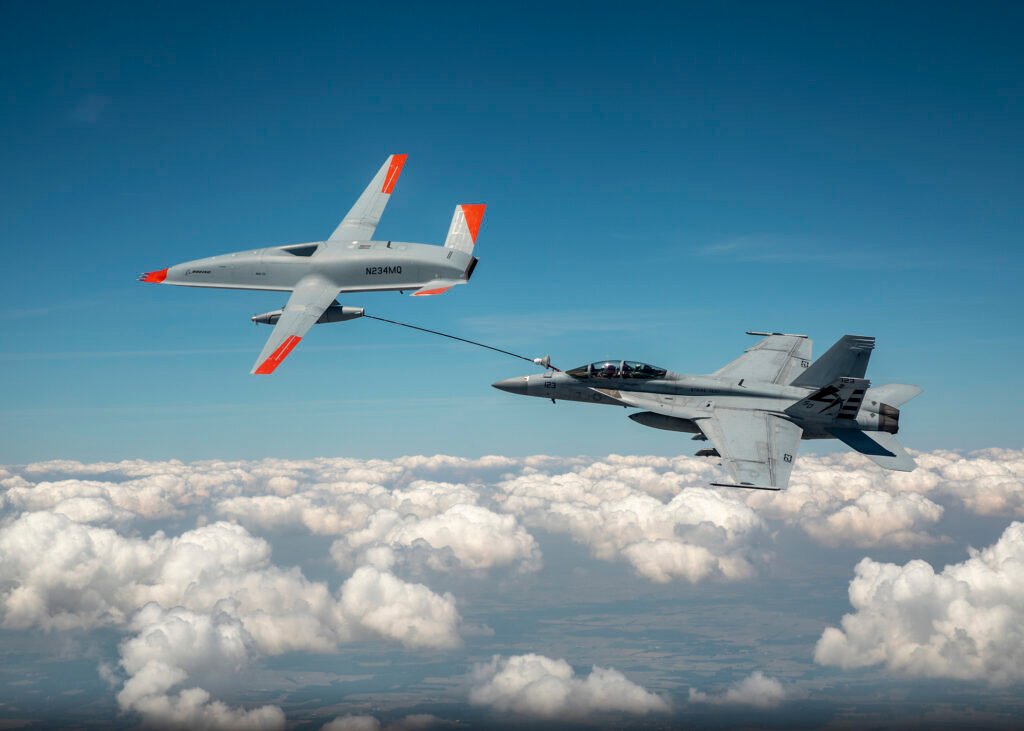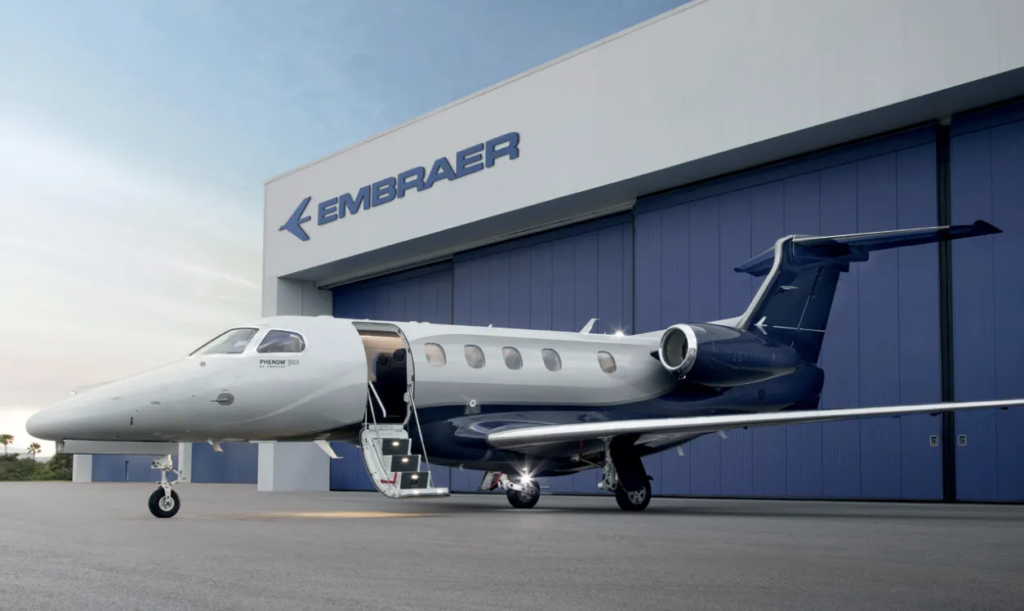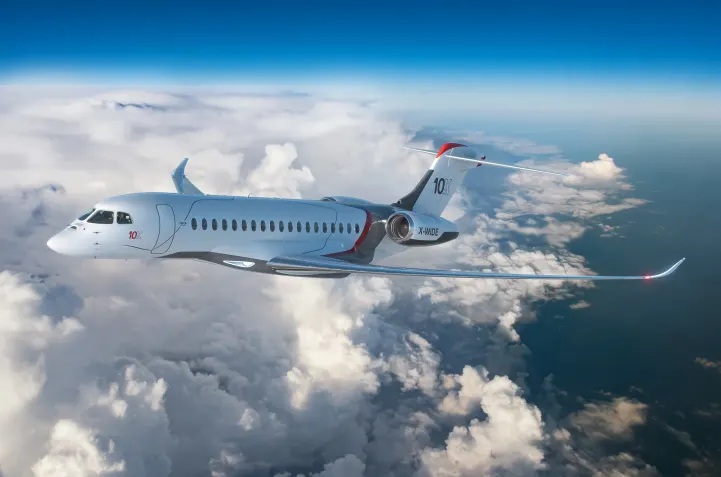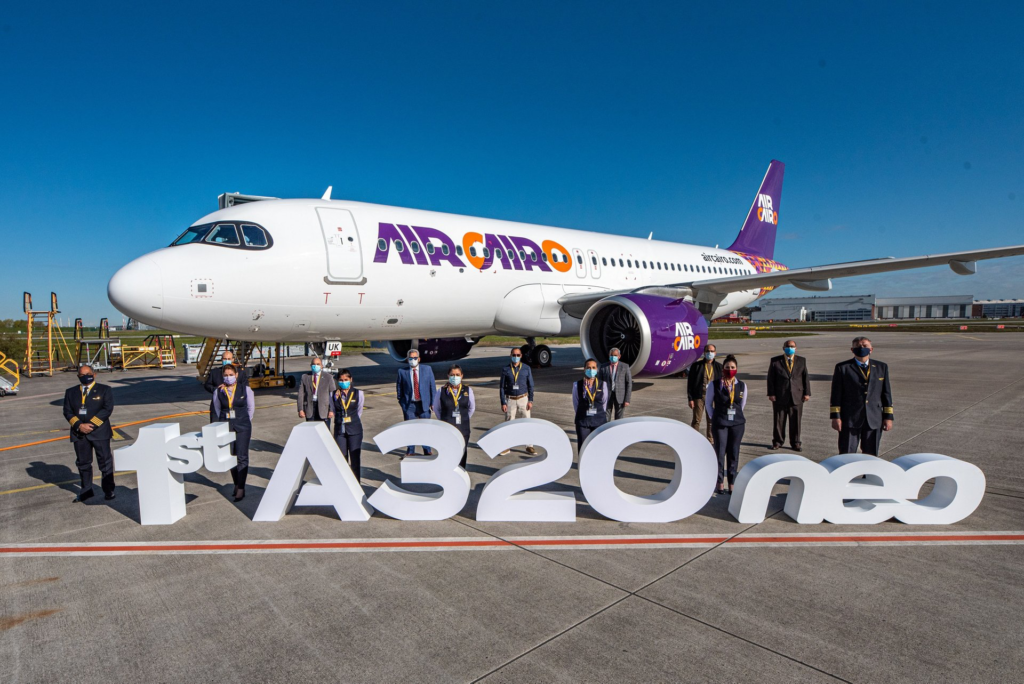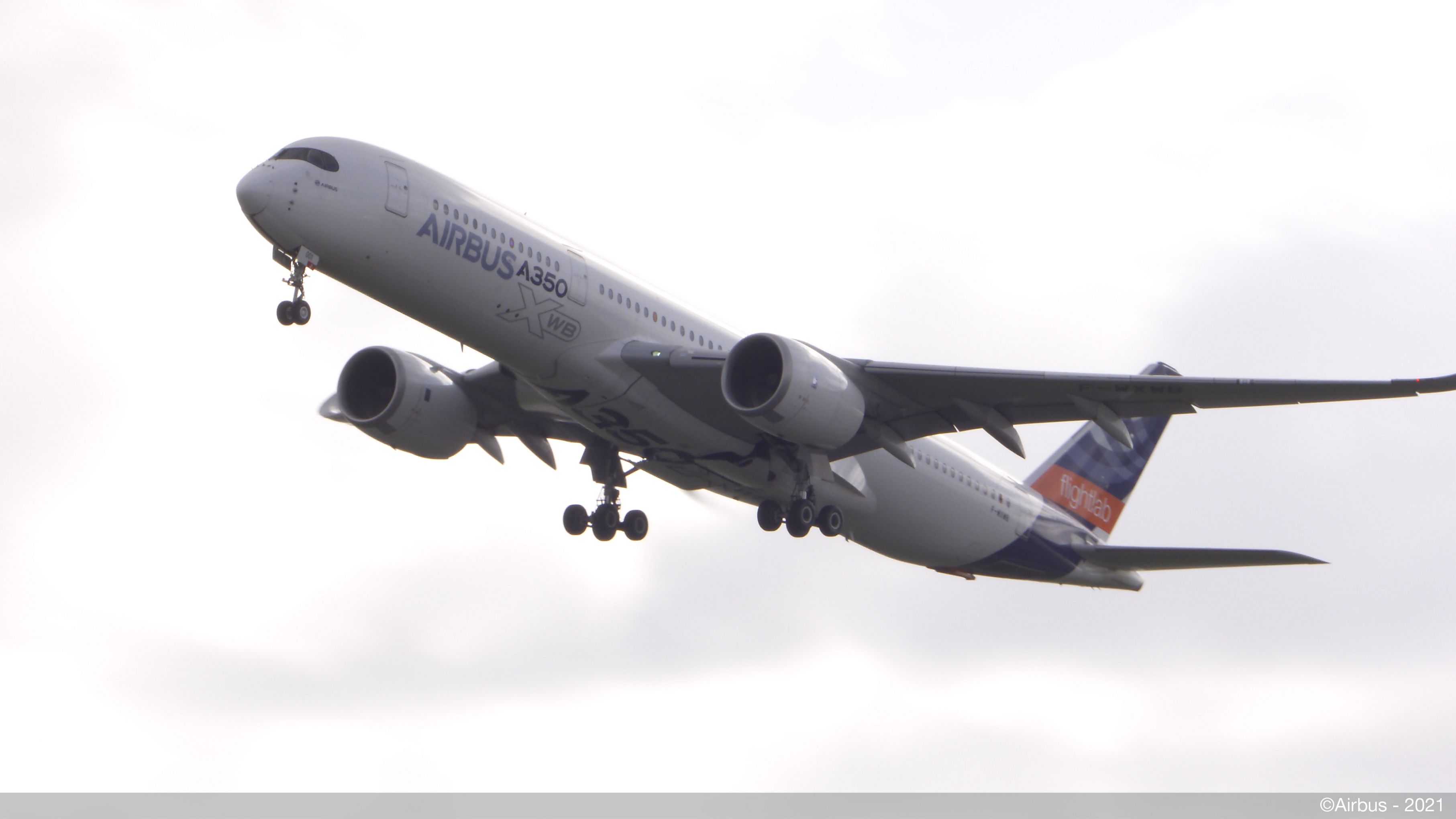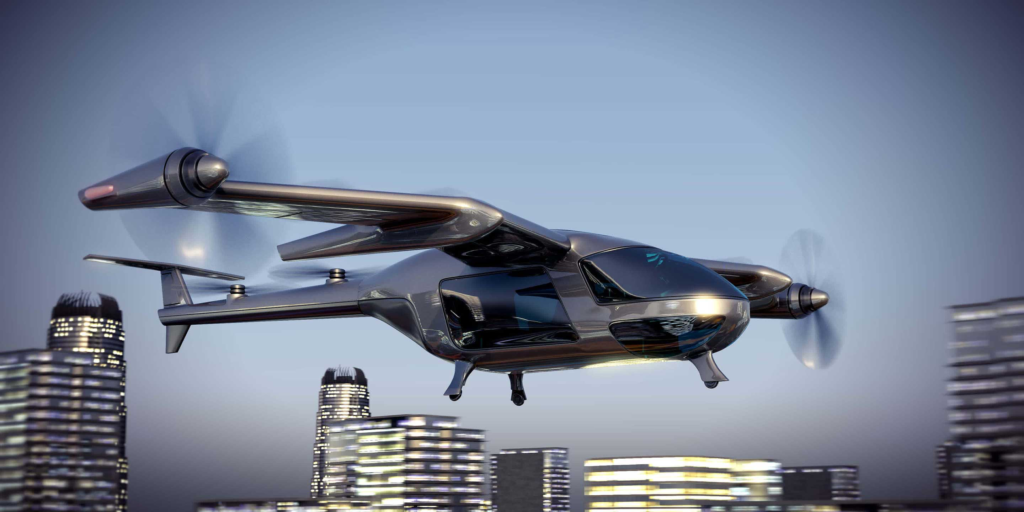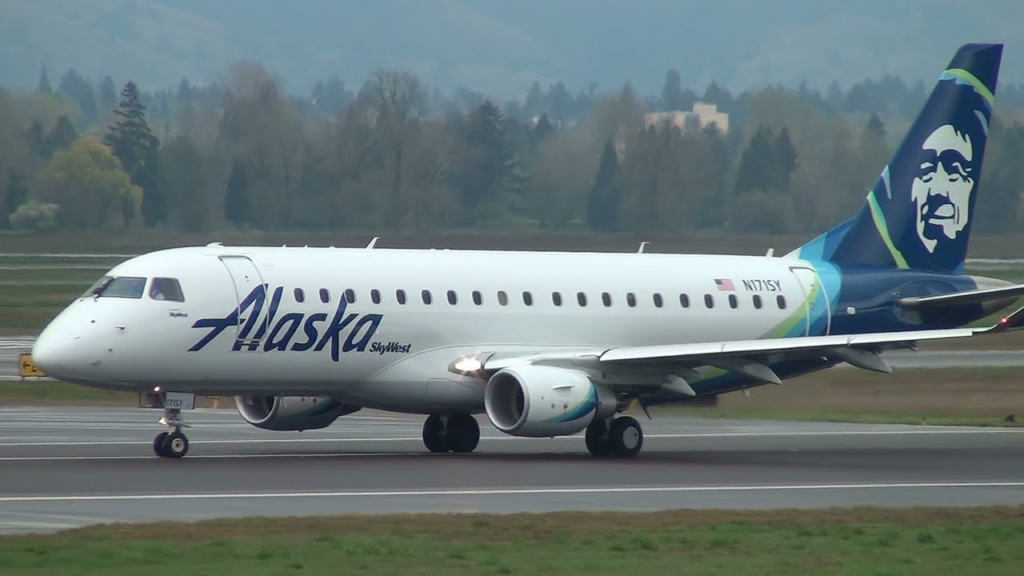Navy and Boeing Complete First Unmanned Aircraft to Aircraft Refueling
PRNewswire/ -- For the first time in history, the U.S. Navy and Boeing [NYSE: BA] have demonstrated air-to-air refueling using an unmanned aircraft – the Boeing-owned MQ-25™ T1 test asset – to refuel another aircraft. During a…
